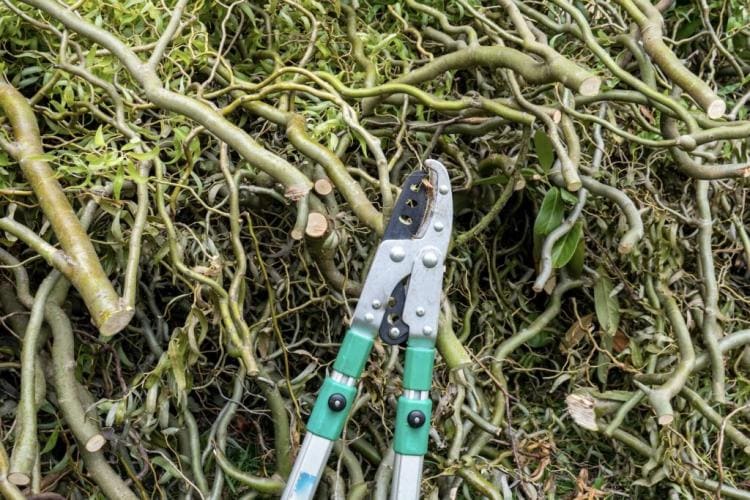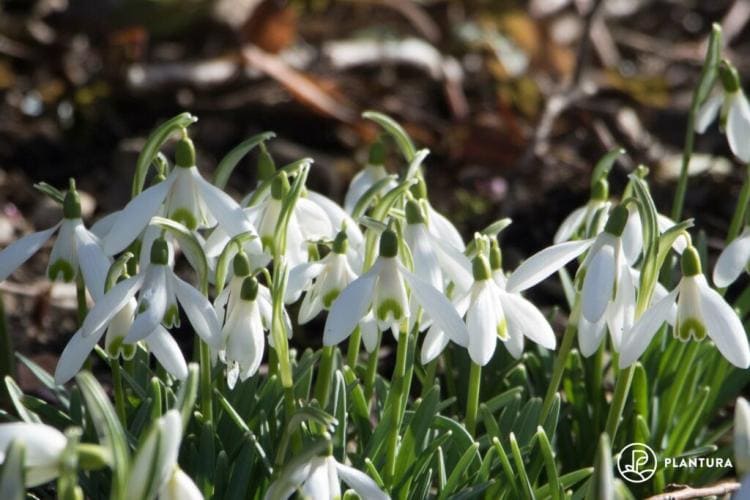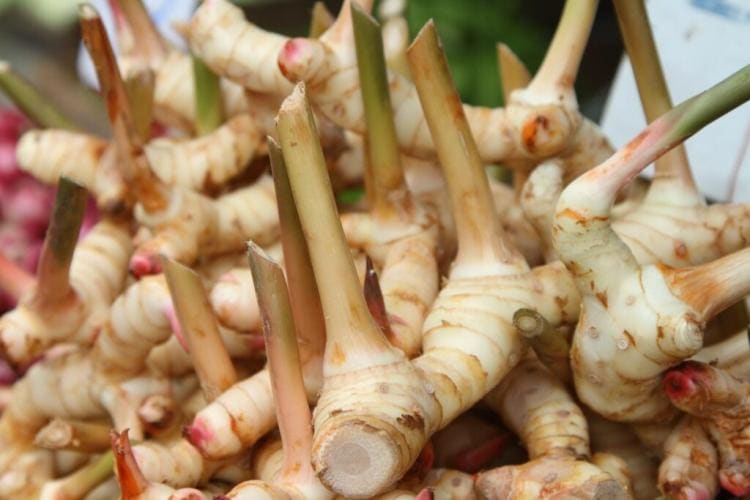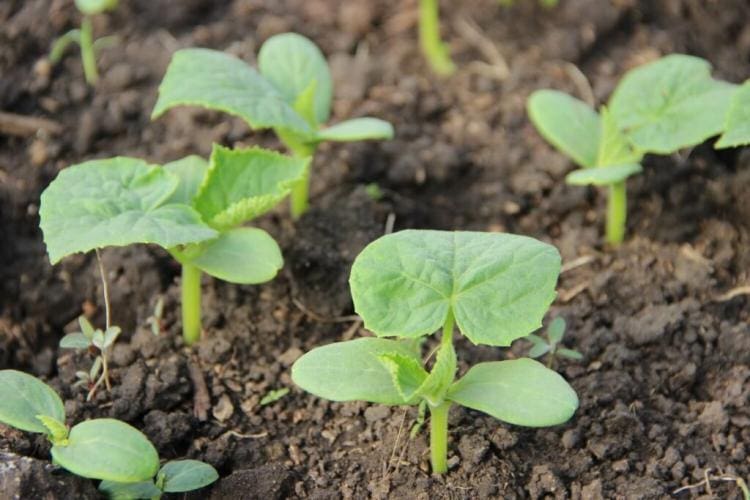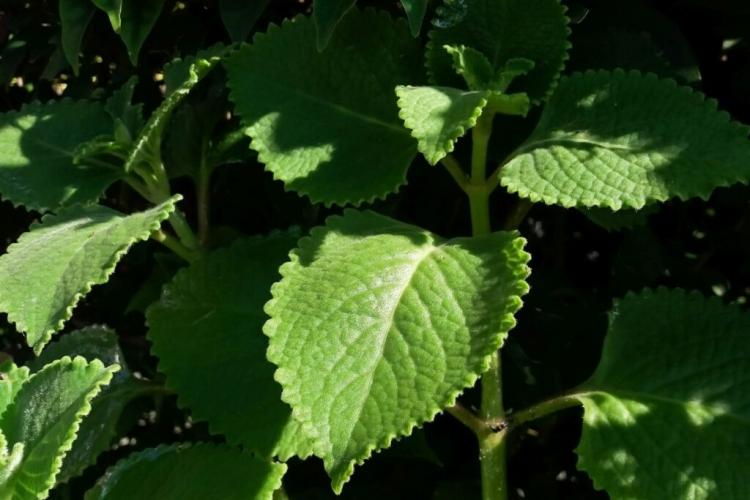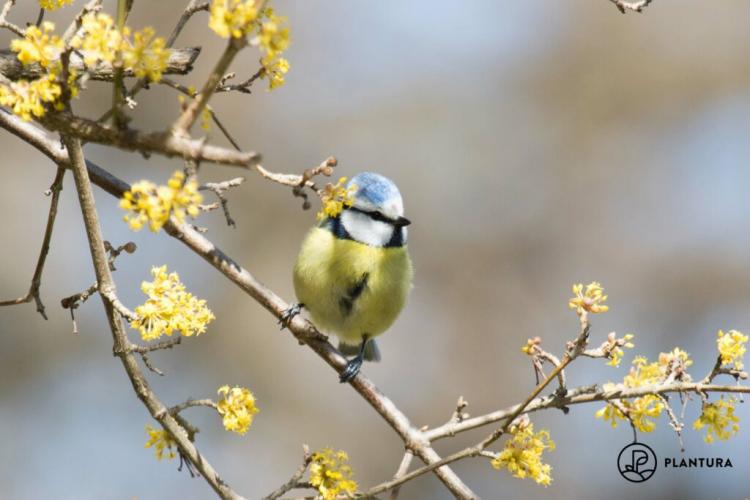Creating a herb bed: location, choice of variety & instructions
Fresh herbs all year round – no problem with the help of a herb bed. We show what you should consider when laying out your herb bed.
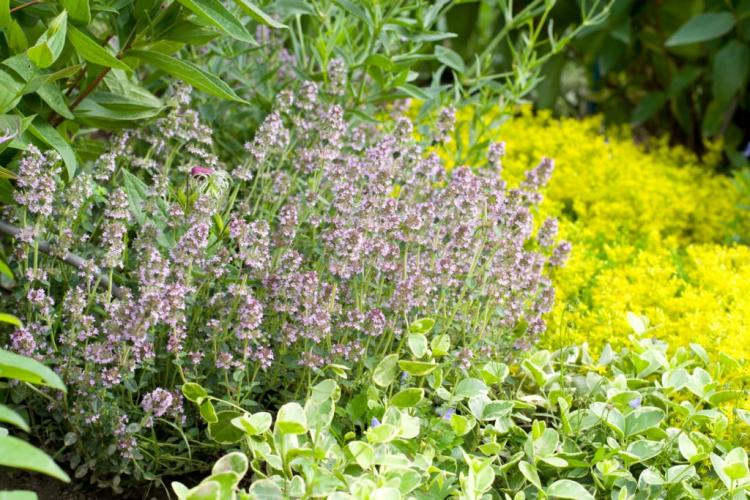
Herbs are easy to grow yourself [Photo: Yala / Shutterstock.com]
Many herbs can be cultivated wonderfully not only in pots, but also in the garden bed. In order for the herbs to thrive, however, you should already consider a few aspects when planning the herb bed. The wintering of some species is also a particular challenge. We explain to you what you need to consider when selecting, arranging, cultivating and caring for the herbs in the garden bed.
First of all, you should consider which herbs to grow. After all, every herb has different demands on the soil and the lighting conditions, which should be taken into account when planning the herb bed.
Location and location for the perfect herb bed
Table of Contents
Herbs from the south, such as rosemary ( Rosmarinus officinalis) or thyme ( Thymus vulgaris ) , usually prefer a sunny, rather dry location. Many local herbs, including mint ( mentha ) and chives ( Allium schoenoprasum ), however, prefer a shady or partially shaded place. Therefore, they can also be planted under a tree or in places that are not suitable for Mediterranean herbs. Even if many local herbs are adapted to the cooler weather conditions here, the herb bed should be sheltered from the wind. A free space next to the house is ideal, for example, but in snowy locations the herb bed should be out of reach of roof avalanches so that the persistent herbs are not damaged.

Lavender prefers drier locations [Photo: Jeanne Emmel / Shutterstock.com]
Soil preparations for a herb bed
After choosing the right location, the soil is prepared. It is best to dig up the bed in late autumn and remove the weeds. The soil can then rest over the winter months. You can also take advantage of the frost, which “blasts” larger chunks of earth into small crumbs over the winter. This saves you from having to shred it in spring. Many herbs prefer well drained, poor soils. Loamy and highly compacted soils should therefore be enriched with sand. If the soil, on the other hand, is very sandy and permeable, it can be improved with high-quality gardening soil. In addition, special herbal soils are available in stores, which can be used primarily for planting in pots or boxes, but also for enriching the garden soil. The incorporation of organic materials such as compost can also improve the soil structure and promote soil life.
Choice of variety for the herb bed
The choice of herbs should be based primarily on their use. There is a large selection of kitchen and tea herbs. However, some plants are also very decorative or have a particularly good smell. The wide range of exotic herbs does not necessarily make the selection any easier.
Which herbs are suitable for a herb bed?
There are a variety of herbs that are suitable for planting in the garden bed. A basic distinction is made between annual and perennial herbs. Most of our herbs are persistent and do not survive too cold winters even outside. They will sprout again the next spring. Well-known representatives of perennial herbs are thyme, oregano ( Origanum vulgare ), sage ( Salvia officinalis ), chives, fennel ( Foeniculum vulgare ), mugwort ( Artemisia vulgaris ), wormwood ( Artemisia absinthium ) and savory ( Satureja hortensis ).
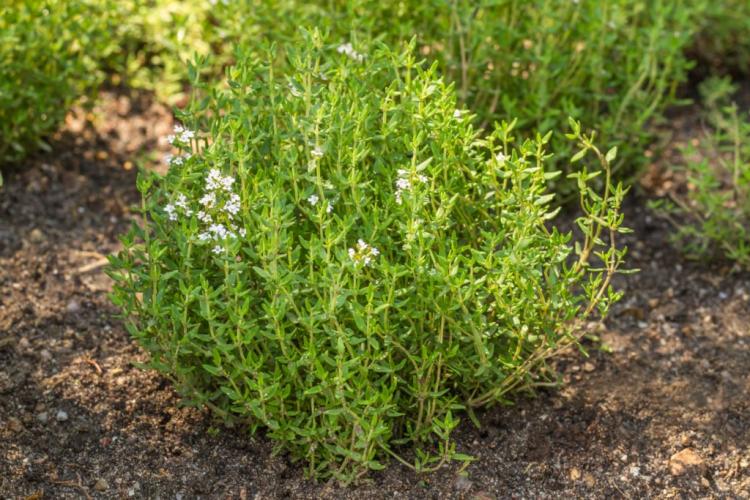
Thyme is one of the perennial herbs [Photo: Frank Fischbach / Shutterstock.com]
Annual herbs, on the other hand, only bloom for one summer and die after seeding. That is why they have to be re-sown from year to year. However, some species are only short-lived here due to the lack of winter hardiness. Annual herbs include dill ( Anethum graveolens), chamomile ( Matricaria chamomilla ), borage ( Borago officinalis ) and nasturtium ( Tropaeolum majus ). Parsley ( Petroselinum crispum ) and chervil ( Anthriscus cerefolium ) are biennial, which means that they only bloom in the second year and then die if they have not already been harvested.
Another selection criterion can be the sensitivity to frost. Some Mediterranean herbs are not hardy with us. Basil, lemon verbena ( Aloysia citrodora ), rosemary and laurel ( Laurus nobilis ) should be overwintered indoors and are therefore only partially suitable for the herb bed.

